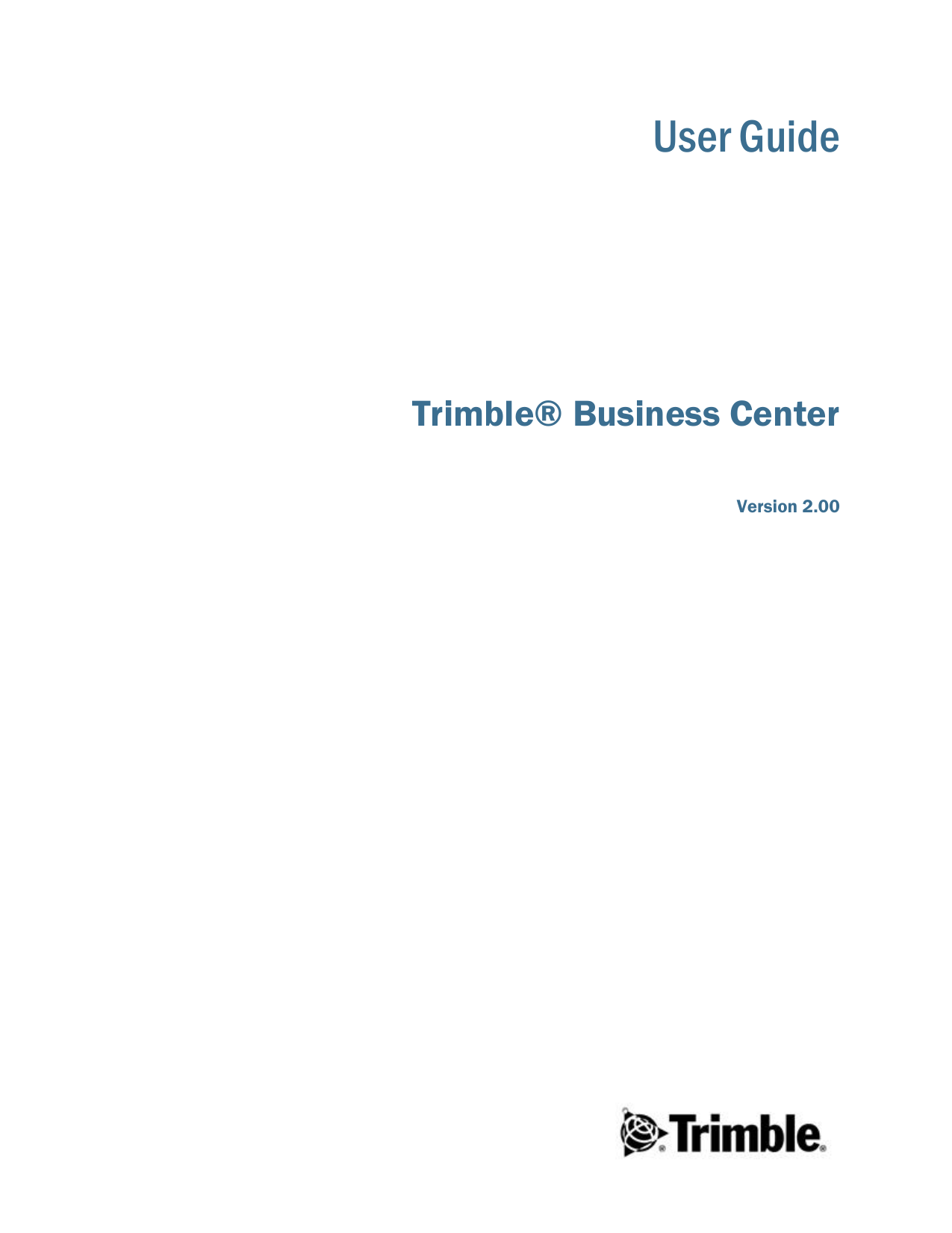
- TRIMBLE BUSINESS CENTER IMPORT FORMAT EDITOR SERIAL
- TRIMBLE BUSINESS CENTER IMPORT FORMAT EDITOR SOFTWARE
TRIMBLE BUSINESS CENTER IMPORT FORMAT EDITOR SERIAL
All you need is your (or the contractor you are making the files for) data collector serial number.Importing station and receiver data into the system Topcon will give you a copy of the 3D office for free. You can bring your alignments into the 3D office with an xml with no problems. If you make 3D polylines for your linework (or feature lines from your corridor that you explode), they will be easily pickable, but if you make them too long with too many vertices, the file size will be too large, and then won't load into the machine, so watch that one too(more nasty phone calls). If you drape your 2d poly's, it will add vertices, and they are easier to pick. If you have newer AutoCad, the 2d polylines won't have many vertexes (curves will only have one on either end), and the machine guys will have a hard time picking on a curve (and you will get nasty phone calls). Another tip is once you get it into the Office 3D, go to Linework and pick "drape linework onto tin. By the by, if you go back and edit your original surface, you will need to erase the 3D triangles you created (pick one, then right click and choose select similar, hit "e" and enter) then lather, rinse, repeat. Trimble has a much friendlier conversion process, but they have their own issues, too. It's kind of a process, but it works until Topcon catches up. I have found that bringing them in via xml doesn't always keep the triangle integrity exactly as you have it (some edges get swapped, triangles added across gaps, etc). It may add a triangle or 3 (like on the inside of radii or across a gap) that you do not want, but they are easily removed.
TRIMBLE BUSINESS CENTER IMPORT FORMAT EDITOR SOFTWARE
The software will create a surface from the 3D triangles and will keep the triangles as they are. Once you have converted it open your Office 3D and go to file menu and pick open AutoCad drawing file and pick your converted dwg. Now you have a dwg with hopefully only objects that can be converted down to 2007 format with the Dwg True View program. Go to edit end pick paste to original coords. Go to the new dwg that you created earlier. Pick one of the triangles and right click and pick select similar. Go back to your styles and change your tin back to the original layer and turn it off.

Hit ok and it will extract 3D triangles to the layer the tin is on (that is why you want to change your tin layer).

Leave it checked and make sure "select all" is chosen. If you turned off the points, contours, etc in the previous step, then triangles should be your only choice. Choose "Extract Objects" from the ribbon.

Then pick the tin which will bring up the surface editor ribbon. Change the layer that the tin is on to some bs layer. Go into the style editor for the surface and turn everything off except for the tin. Also change all lines and arcs to polylines and join them where possible (like connect all ep lines so you have one polyline going all the way thru the project tangs and curves) (long polylines are easier for the machine operators and get you fussed at less if they can pick the ep once and go a long way without having to pick every time the hit a curve or straighaway), and 3D Office ignores lines and arcs, reading only polylines. Also the fewer layers you have in your file for the machine guys, the less nasty phone calls you get. I have a dwg templat file I use that has no styles, very few layers, and and all C3D 11 stuff removed that I could find to make the conversion process easier. I have found the simplest way for me is to create a blank dwg and copy linework and feature lines that I want into it, then explode the feature lines which turns them into 3D polylines. The Topcon 3D Office program won't read an AutoCad dwg file above 2007 format, so you will have to convert your 2010 format down.


 0 kommentar(er)
0 kommentar(er)
